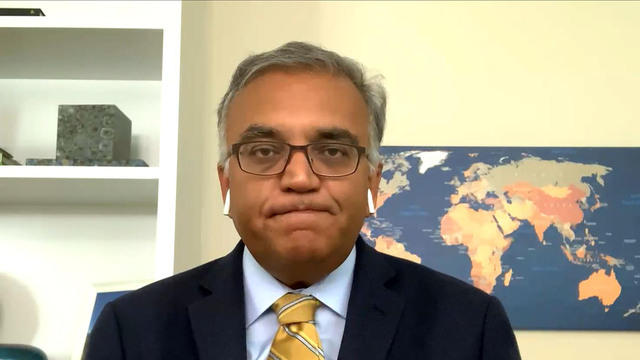▶ Watch Video: Dr. Jha on vaccine boosters and mandates
Chapel Hill, North Carolina — One reason many people hesitate to get vaccines – whether for COVID-19 or anything else – is a fear, or at least dislike of injections.
But researchers are working on an alternative way to administer vaccines they say would be pain-free, eliminate the need for injections and be self-administered: vaccine patches.
Teams at the University of North Carolina and Stanford University are developing the patches, reports CBS Raleigh, North Carolina affiliate WNCN-TV.
The Centers for Disease Control and Prevention says as many as a quarter of adults and most children have an aversion to needles. For some, it’s so severe it keeps them from getting vaccines. But one day, needles, at least the ones people are used to, may not be necessary.
Dr. Joseph DeSimone worked at UNC for 30 years. He’s at Stanford now, but he and his colleagues are still working with UNC researchers on a tiny patch that can deliver vaccines when applied to the skin.
“Our approach was to directly 3-D print the microneedles using a breakthrough in 3-D printing that we pioneered when I was in Chapel Hill,” he told WNCN.
The microneedles on the patch are so small they can hardly be felt.
“It’s pain-free and anxiety-free,” DeSimone said, adding that the patch is also more effective than traditional shots. “We have 100 to 1,000 times more of the targeted immune cells in the dermis of our skin than we do in our muscle.”
That means smaller amounts of vaccine would be required. It would also mean doses wouldn’t need to be kept as cold as vaccines that are used in liquid form.
“When you think about global access, you are going to need things like that,” DeSimone pointed out.
Right now, the patch is being tested on animals. DeSimone said the results are promising, and within five years, he expects people could be regularly using the patches.
“They can be self-administered. You wouldn’t need a health care worker,” he said. “They could be delivered by UPS or Amazon.”


































